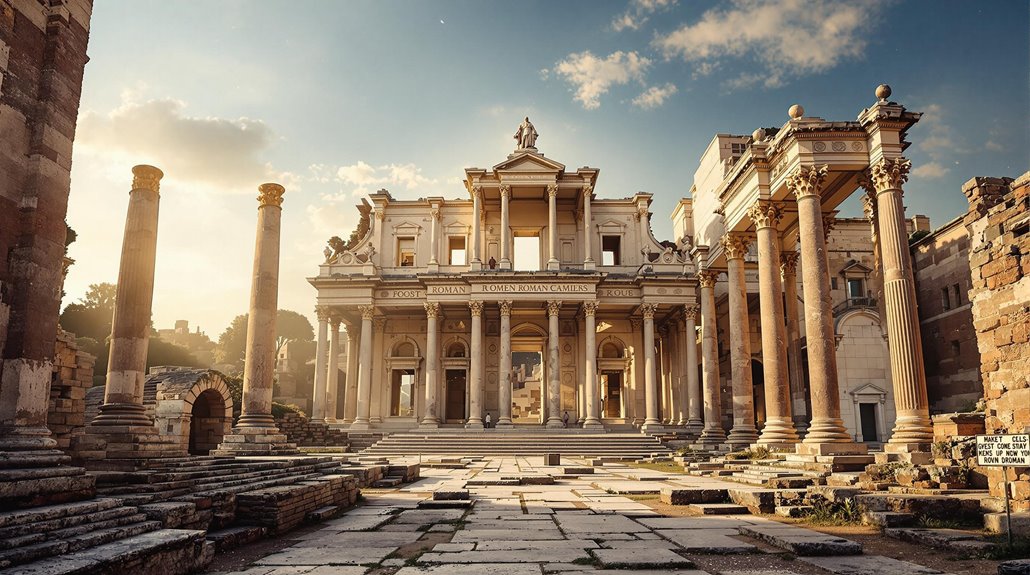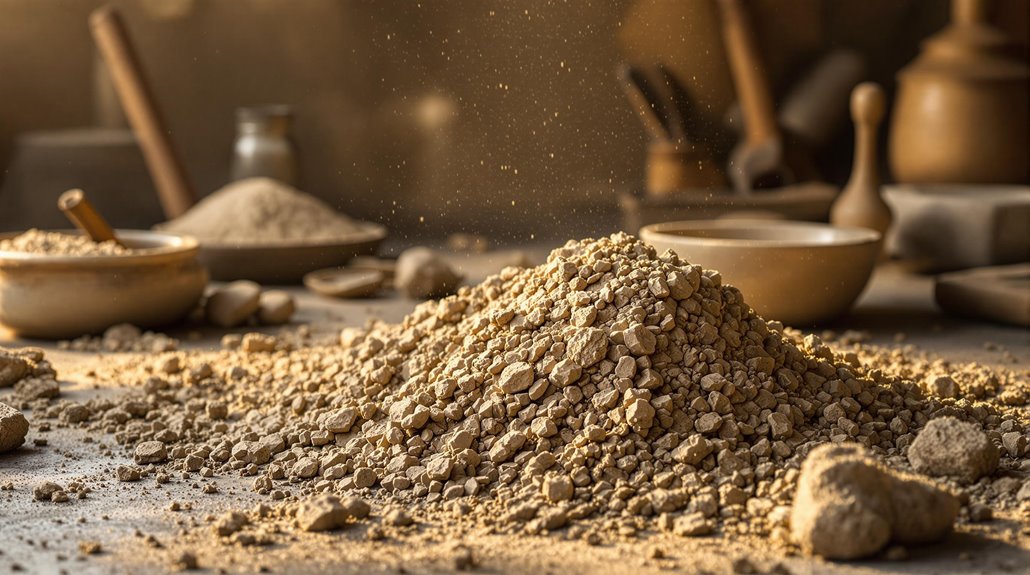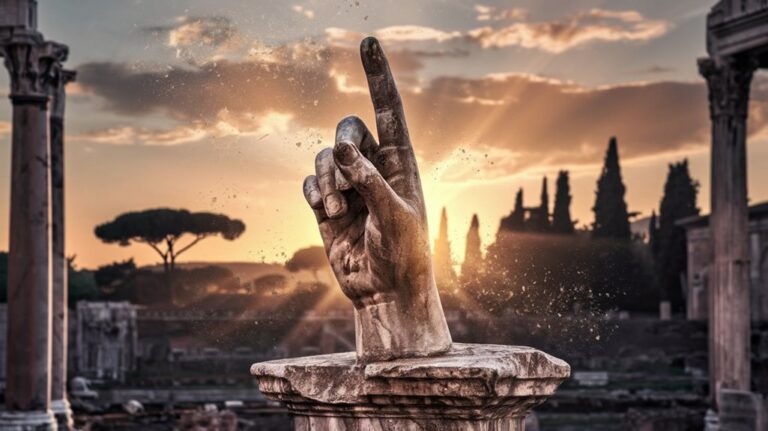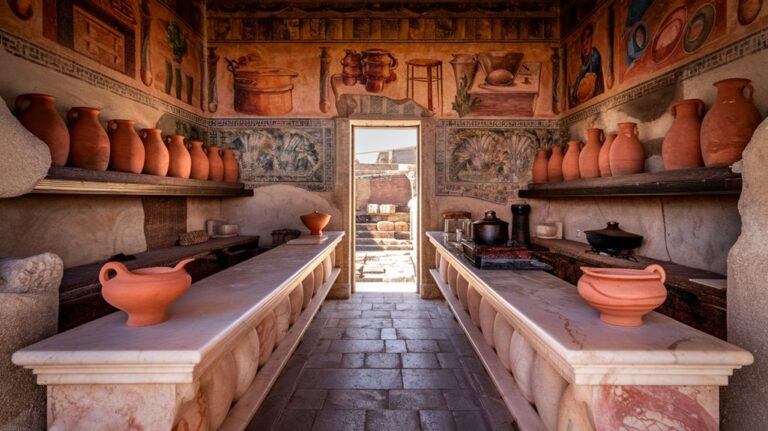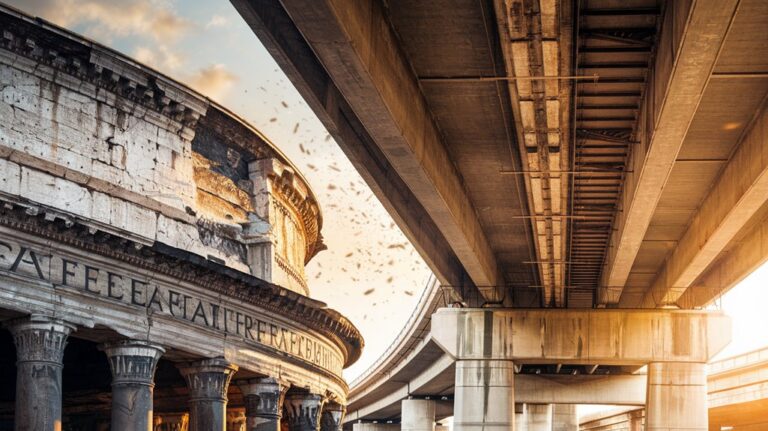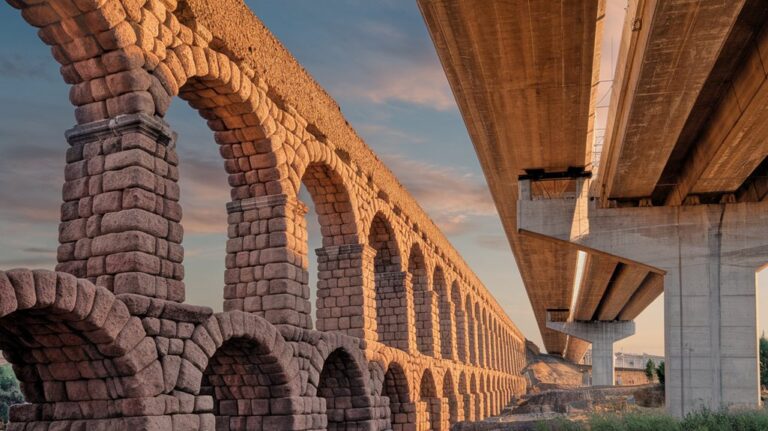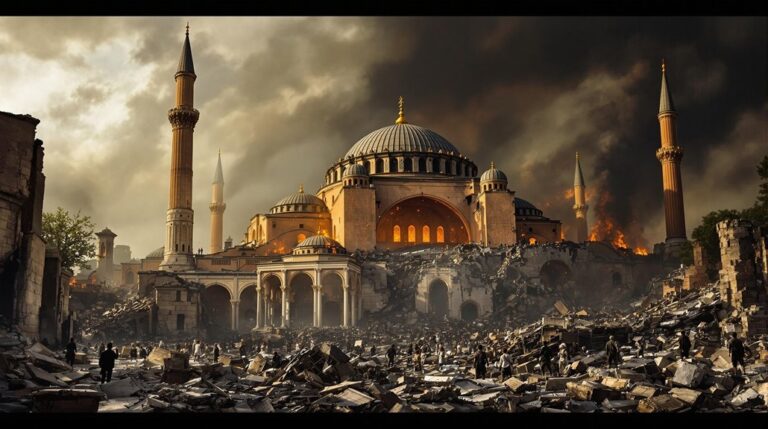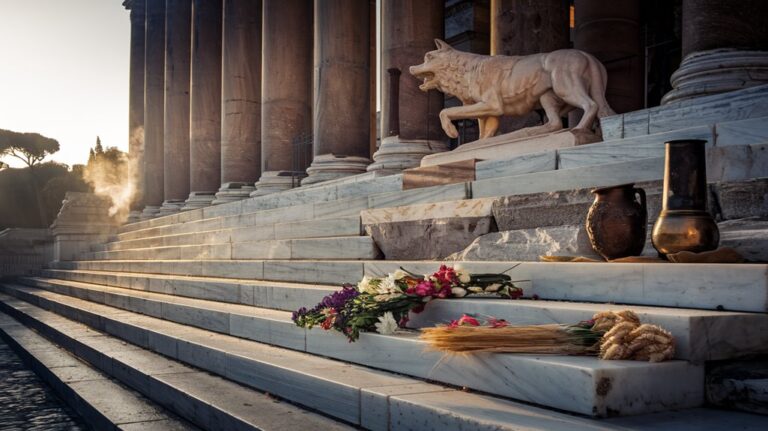Ancient Roman Concrete: Still Better Than Ours
When you stand beneath the Pantheon's massive concrete dome in Rome, you're witnessing an engineering feat that's outlasted every modern concrete structure. You can't help but wonder how a 2,000-year-old building has endured while today's concrete often crumbles within decades. The Romans' ingenious mixture of volcanic ash, lime, and seawater created a self-healing material that actually grows stronger with age. Their ancient recipe might hold the key to revolutionizing modern construction.
The Secret Recipe Behind Rome's Everlasting Structures
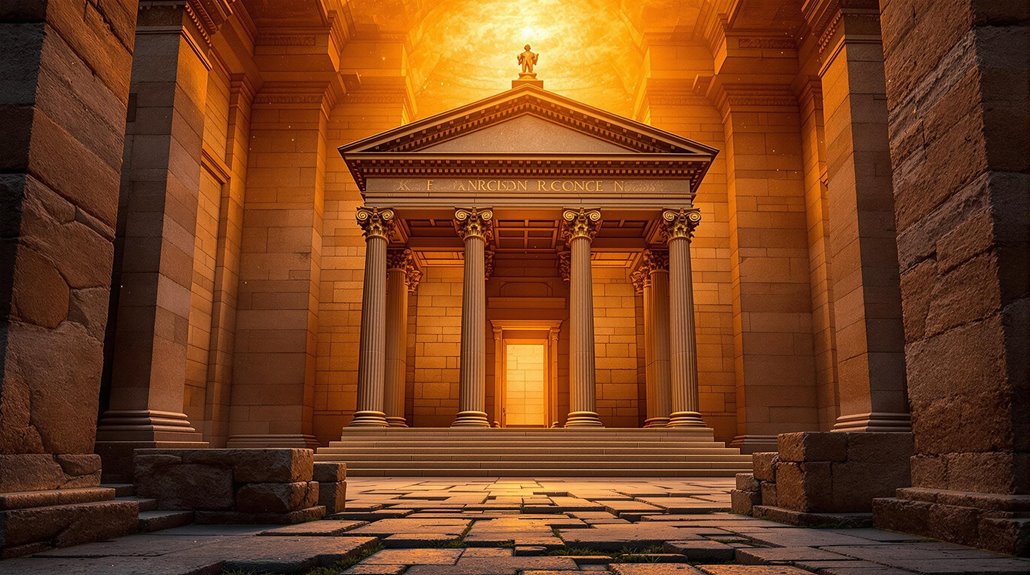
While modern builders still marvel at the durability of ancient Roman structures, the secret behind their longevity lies in a remarkable concrete recipe that has withstood over two millennia of weathering.
You'll find the core of their ancient techniques in the precise mixture of volcanic ash, lime, and carefully selected aggregates.
What's fascinating is that what experts once considered mistakes – those lime clasts scattered throughout – are actually essential to the concrete's strength.
The Romans' innovative "hot mixing" process, using quicklime instead of slaked lime, created a sustainable material that could repair itself.
When cracks form, these lime clasts react with water to produce calcium carbonate crystals, effectively healing the structure. Some of these Roman aqueducts still function today, demonstrating their incredible engineering achievement.
This self-healing capability, combined with their smart use of graduated materials in construction, explains why Roman concrete continues to outperform many modern alternatives. Even today's scientists are studying how the pozzolana ash component enhanced the concrete's remarkable resistance to saltwater damage.
Marine Environments: Where Roman Concrete Shines
When it comes to marine environments, Roman concrete truly demonstrates its remarkable superiority over modern alternatives. While today's concrete structures deteriorate within decades of exposure to seawater, Roman structures have endured for over 2,000 years and continue to strengthen.
The secret lies in the unique seawater interaction with Roman concrete. As saltwater dissolves volcanic ash components, it triggers mineral growth of Al-tobermorite and phillipsite crystals. The Ancient Romans created their distinctive mixture using Pozzolana and lime, which proved essential to its durability. Modern concrete structures often fail due to salt crystallization that creates internal stress and cracking.
These minerals form interlocking plates that reinforce the concrete's structure, filling pores and preventing cracks. Unlike modern concrete, which tries to resist environmental forces, Roman concrete thrives through chemical exchange with seawater.
You'll find this ancient technology holds promising applications for future coastal construction, though scientists still face challenges in recreating its perfect formula.
The Art of Hot Mixing: An Ancient Engineering Marvel
The remarkable durability of Roman concrete stems not just from its ingredients, but from an ingenious hot mixing process that modern scientists have only recently begun to understand.
When you combine quicklime with volcanic ash and water, you'll trigger powerful exothermic reactions that can reach temperatures up to 180 degrees Fahrenheit.
Modern builders typically use cold mixing techniques at ambient temperatures, which fail to achieve the same beneficial properties.
This hot mixing technique creates unique chemical compounds you won't find in cold-mixed concrete, while forming special lime clasts – tiny white mineral features that were once mistakenly considered mixing flaws.
These clasts actually give Roman concrete its self-healing properties when cracks develop. The high-temperature process also accelerates curing times and enhances the concrete's overall strength, especially in marine environments.
You'll find that this ancient engineering method produces remarkably durable structures that have stood the test of time. Recent studies show that implementing these Roman techniques could extend modern concrete's lifespan by 50 to 100 years.
Modern Concrete vs. Roman Concrete: A Durability Showdown
Despite sharing similar basic principles, modern and Roman concrete differ dramatically in their durability, environmental impact, and long-term performance.
When you compare these materials, you'll find that Roman concrete demonstrates superior material longevity, with structures like the Pantheon standing strong after two millennia while modern structures often deteriorate within decades. The elimination of steel reinforcement bars in Roman structures prevented the common deterioration issues we face today.
In a sustainability comparison, Roman concrete clearly outperforms its modern counterpart. The high structural resilience of Roman concrete meant fewer repairs and reconstructions were needed throughout history.
Today's cement production contributes a staggering 8% of global CO2 emissions, while Roman methods had a notably lower carbon footprint.
You'll also notice that Roman concrete's self-healing capabilities can seal cracks up to twice the width of modern concrete's ability.
What's more, the ancient mixture's remarkable interaction with seawater actually strengthens it over time, unlike modern concrete's vulnerability to saltwater degradation.
Architectural Wonders That Stand the Test of Time
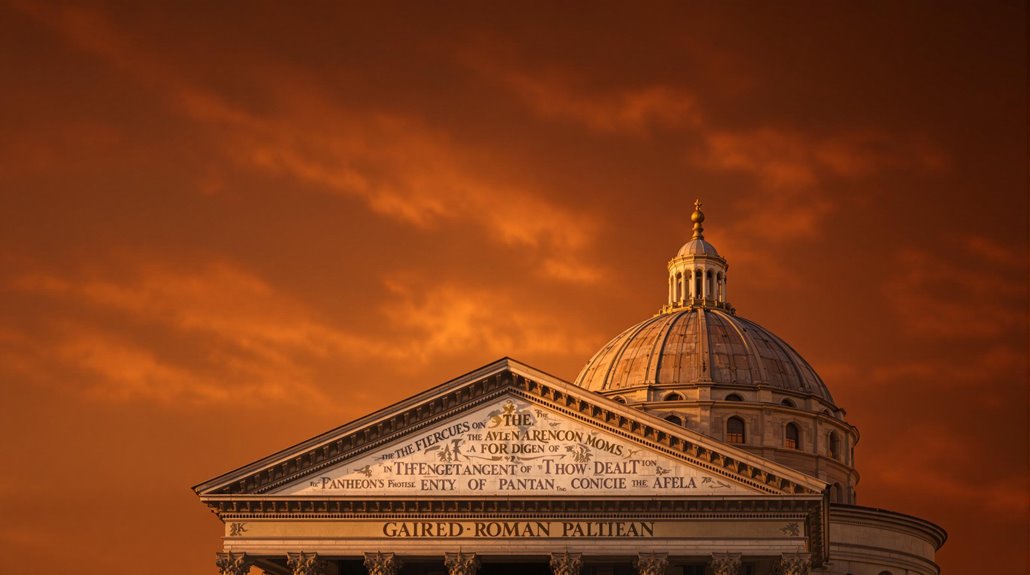
Standing as proof to Roman engineering brilliance, ancient concrete structures continue to captivate architects and engineers worldwide.
You'll find no better example than the Pantheon dome, which remains the largest unreinforced concrete dome ever built, varying ingeniously from 21 feet thick at its base to just 4 feet at the oculus.
The Romans' architectural achievements include:
- The mighty Colosseum arches, supporting 6-foot thick concrete walls that housed 80,000 spectators
- The Aqueduct of Segovia, stretching 16 kilometers with 165 precisely engineered arches
- Trajan's Markets, the world's first shopping complex, rising five stories high
These structures have withstood earthquakes, wars, and weather for nearly two millennia, showcasing the Romans' mastery of concrete construction techniques that modern builders still endeavor to understand. The Romans pioneered revolutionary construction methods using brick and concrete combinations that provided unprecedented structural durability. Their remarkable formula using lime and volcanic ash created structures that have lasted over 2,000 years.
Learning From the Past: Modern Applications of Roman Technology
Modern engineers and researchers are revolutionizing construction by rediscovering the genius of Roman concrete technology. By studying historical techniques, they've found that hot-mixed concrete with quicklime offers remarkable self-healing properties that could transform modern construction, especially in marine environments.
You'll find this ancient wisdom is particularly relevant today as we seek sustainable materials to reduce our carbon footprint. The incorporation of pozzolanic materials, like volcanic ash and modern fly ash, creates stronger, more durable structures while cutting CO2 emissions from cement production.

